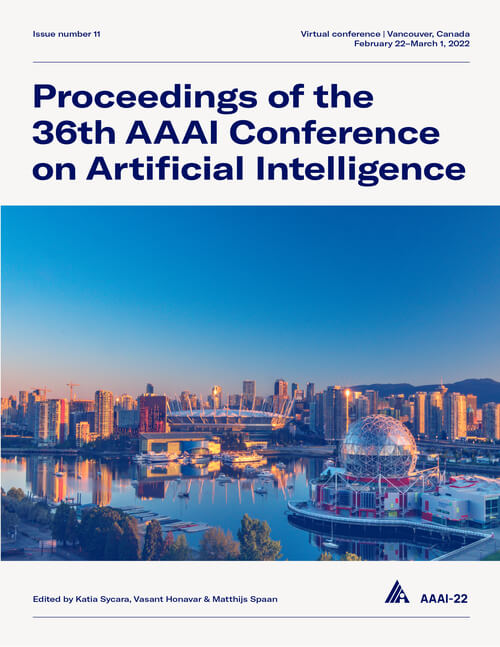Random Mapping Method for Large-Scale Terrain Modeling
DOI:
https://doi.org/10.1609/aaai.v36i5.20477Keywords:
Intelligent Robotics (ROB), Machine Learning (ML)Abstract
The vast amount of data captured by robots in large-scale environments brings the computing and storage bottlenecks to the typical methods of modeling the spaces the robots travel in. In order to efficiently construct a compact terrain model from uncertain, incomplete point cloud data of large-scale environments, in this paper, we first propose a novel feature mapping method, named random mapping, based on the fast random construction of base functions, which can efficiently project the messy points in the low-dimensional space into the high-dimensional space where the points are approximately linearly distributed. Then, in this mapped space, we propose to learn a continuous linear regression model to represent the terrain. We show that this method can model the environments in much less computation time, memory consumption, and access time, with high accuracy. Furthermore, the models possess the generalization capabilities comparable to the performances on the training set, and its inference accuracy gradually increases as the random mapping dimension increases. To better solve the large-scale environmental modeling problem, we adopt the idea of parallel computing to train the models. This strategy greatly reduces the wall-clock time of calculation without losing much accuracy. Experiments show the effectiveness of the random mapping method and the effects of some important parameters on its performance. Moreover, we evaluate the proposed terrain modeling method based on the random mapping method and compare its performances with popular typical methods and state-of-art methods.Downloads
Published
2022-06-28
How to Cite
Liu, X., Li, D., & He, Y. (2022). Random Mapping Method for Large-Scale Terrain Modeling. Proceedings of the AAAI Conference on Artificial Intelligence, 36(5), 5395-5403. https://doi.org/10.1609/aaai.v36i5.20477
Issue
Section
AAAI Technical Track on Intelligent Robotics

